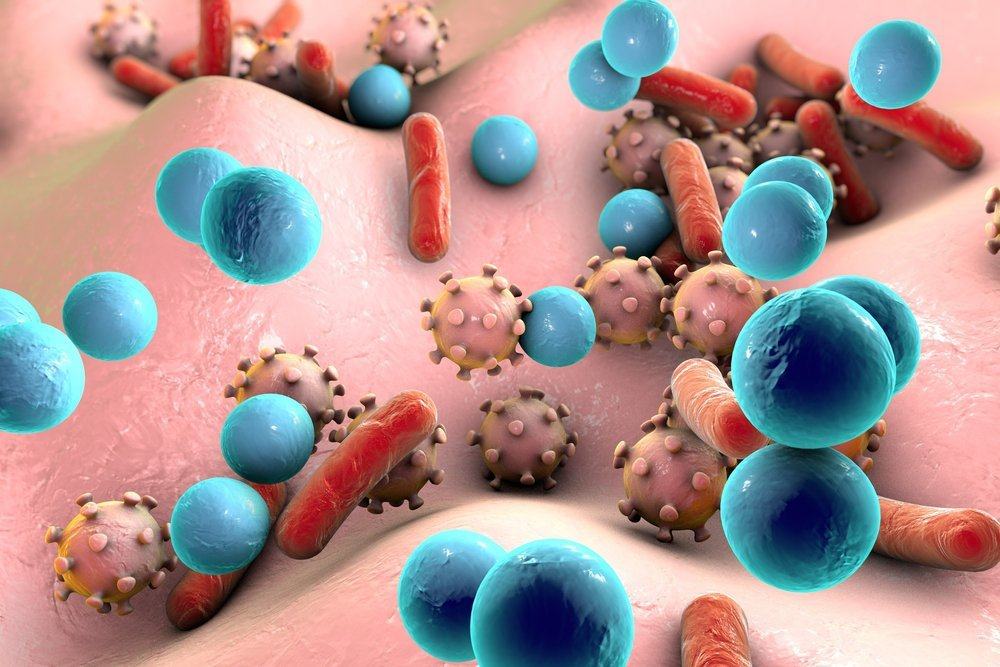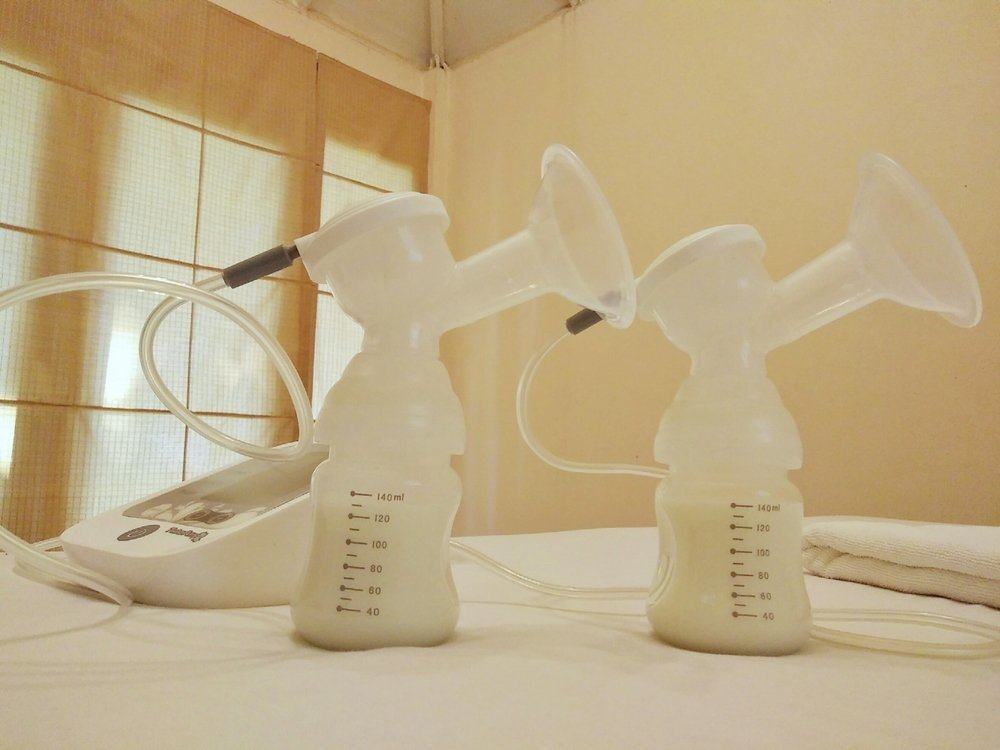Contents:
- Medical Video: Bacterial vs. Viral Infections - Dr. Andreeff, CHOC Children's
- What is the difference between bacteria and viruses?
- Bacteria
- Virus
- Infection caused by bacteria and viruses
- Which is more dangerous, bacteria or viruses?
Medical Video: Bacterial vs. Viral Infections - Dr. Andreeff, CHOC Children's
Bacteria and viruses are types of microbes that both cause infectious diseases in humans. Although both result in infectious diseases, there are differences between bacteria and viruses that make treatment and how to handle it differently. Then, what is the difference between bacteria and viruses? Which is more dangerous between bacteria and viruses?
What is the difference between bacteria and viruses?
Bacteria
Bacteria are single-celled microorganisms that grow and develop in various types of environments. Some bacteria live in very cold or very hot environments. Some more, bacteria grow in the human body, especially in the intestine. Some bacteria are harmless and have no adverse effects on health, but there are several types of bacteria that must be watched out because they can cause infectious diseases.
Infectious diseases caused by bacteria are inflammation of the throat, tuberculosis (TB), urinary tract infections. Patients who experience infectious diseases due to bacteria are treated with antibiotics. Antibiotics are a type of drug that can kill, stop, and destroy disease bacteria that are growing in the body.
Virus
Viruses are microbes that only have nucleic acids, DNA, and RNA surrounded by walls of protein. When viewed from its size, the virus has a smaller size compared to bacteria. In addition, the virus requires a 'host' or place of life such as plants, animals, or humans, to survive. Examples of infectious diseases caused by viruses are chickenpox, AIDS, flu, cough, anthrax, and others. Viral infectious diseases occur because viruses enter DNA which is useful as a regulator of cell activity into normal body cells.
Infection caused by bacteria and viruses
Both bacteria and viruses can cause a person to experience an infectious disease. Infectious diseases caused by bacteria and viruses vary. But in some cases it is difficult to know whether infectious diseases arise from viruses or bacteria, such as meningitis, diarrhea, and pneumonia. This type of disease can be caused by bacteria and viruses.
Which is more dangerous, bacteria or viruses?
Until now there is no scientific evidence that states that one of the bacteria and viruses is more dangerous to health. Both can be very dangerous, depending on the type and how many in the body. But when viewed from its nature, the virus is more difficult to cure and requires a long time. In addition, the virus cannot be killed and stopped by using antibiotics, but with special drugs called antivirals.
The size of the virus is 10 to 100 times smaller than bacteria, making infectious diseases caused by viruses more difficult to recover in a short time. Viruses can cause a person to get an infection by inserting his DNA into the body's cells, so that the virus takes over cells in the body. When these cells divide, the cells produced are cells that have been infected with the virus. While bacteria cause infectious diseases by destroying developing cells. From the way these bacteria and viruses work, it can be concluded that the virus is longer and harder to kill because it takes over all the developing cells.
Viruses can also take over developing bacterial cells. In other words, the virus can infect bacteria and this condition is called bacteriophages. Therefore, viruses tend to be more dangerous than bacteria. But that does not mean bacteria are not dangerous. Bacteria can also be 'naughty' and difficult to deal with if they are resistant to antibiotic drugs. The use of antibiotics causes infectious diseases due to bacteria to be more difficult to treat.
READ ALSO:
- Are You Sure Your Hands Are Clean of Disease Bacteria?
- 6 Ways to Prevent Immune Disease Bacteria in Antibiotics
- Viral infections and bacterial infections, how to distinguish them?












